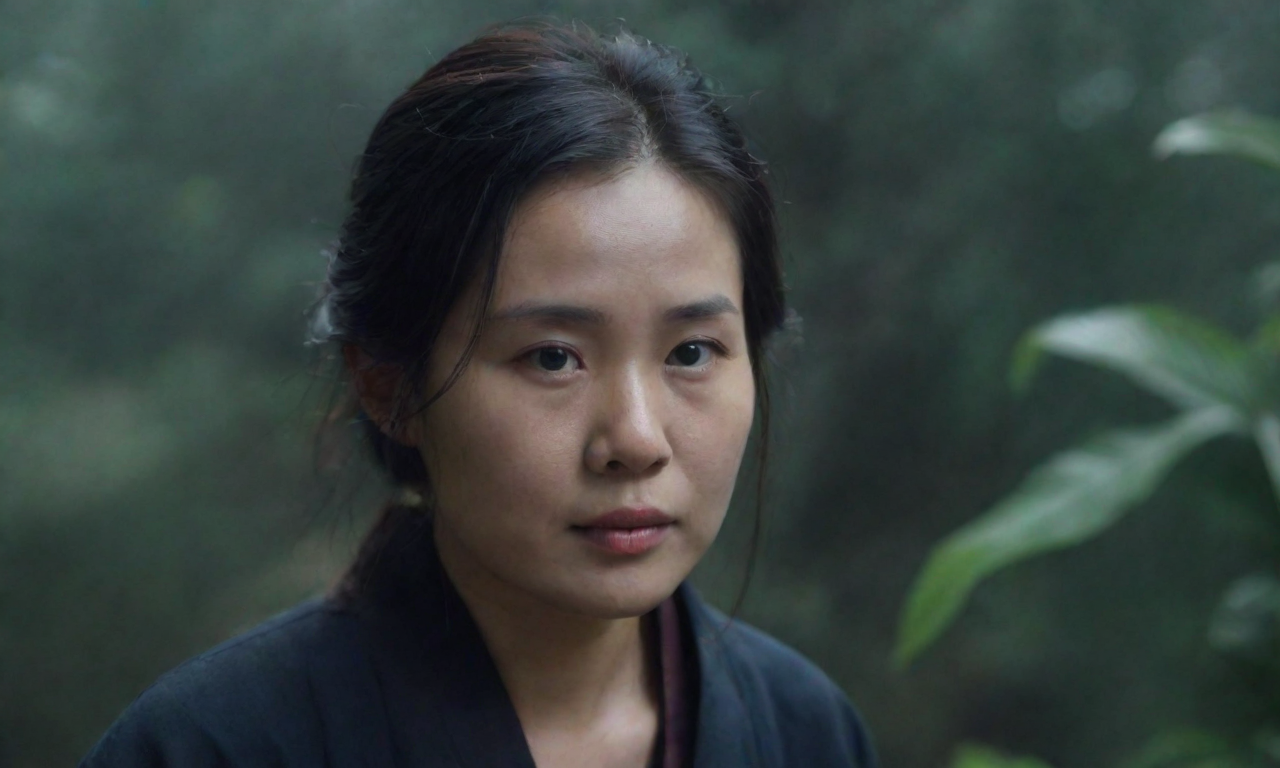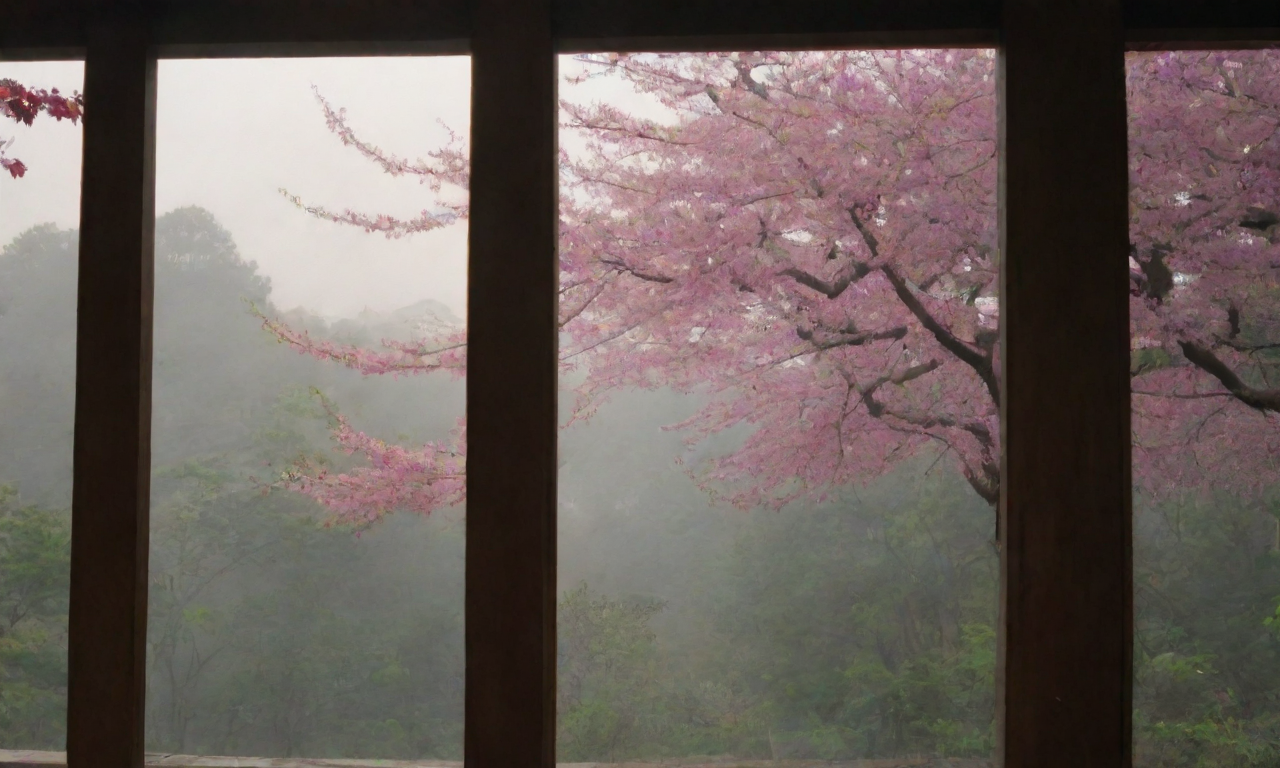Text | "China Science Daily" Reporter Hu Minqi
Natural History and Natural History Museums
"The English term for a natural history museum is 'Museum of Natural History,' which essentially means natural history."On January 31st, during a public lecture at the Chinese Paleozoological Museum (Baoding Natural History Museum), Zhou Zhonghe spoke about where natural history museums come from and where they are going.Many are unaware that natural history museums were born out of natural history. Natural history involves the documentation and systematic explanation of nature, and natural history museums provide a space for concentrated exhibition of this discipline."Natural history museums and natural historians have deep roots together; their foundational contributions laid the groundwork for today's natural history museums and science popularization." Zhou Zhonghe explained.In Germany's Berlin Natural History Museum (also known as the Humboldt Museum), there are thousands of specimens from the German scientist and natural geographer Alexander von Humboldt, including a large number of new species, which had a profound influence on Darwin; the Natural History Museum in London had its first director Sir Richard Owen, who collected many samples from Darwin...In China, the French Jesuit and natural historian Pierre Teilhard de Chardin founded the forerunner to the Shanghai Natural History Museum—the Xujiahui Museum; another French natural historian, Emile Licent, founded the forerunner to the Tianjin Natural History Museum—North Border Museum; and the Chinese paleontologist Yang Zhongjian initiated the establishment of the Beijing Natural History Museum..."However, for a long time, there was a prevailing view that natural history was an 'outdated' discipline," Zhou Zhonghe noted.Edward O. Wilson, considered the greatest natural historian after Darwin, practically devoted his life to proving the "eternity" of natural history. This eternity derives from humanity's "biophilia."Under his influence, natural history began to exert its social impact once again, especially in the context of the climate crisis and biodiversity crisis, where there is a call for the return of natural history."Nowadays, natural history museums ought to become key venues for promoting natural history concepts, and the revival of natural history can also act as a driving force for the development of natural history museums." However, Zhou Zhonghe mentioned that both natural history and natural history museums need to incorporate more scientific attitudes.In fact, during the 19th century in Europe, the golden age of natural history gave rise to modern science and spawned numerous branches of science such as life sciences and earth sciences. "Today, with highly developed modern science, interpreting natural history must not only satisfy people's passion for understanding natural phenomena but also display its scientific and thoughtful aspects," Zhou Zhonghe said. For instance, "the synthetic theory of evolution" integrates knowledge from natural selection, genetics, paleontology, and other disciplines to explain how the colorful natural world gradually evolved into its present form.For natural history museums, fossils serve as important vehicles for telling these in-depth stories.
A Museum with "Evolution" as its Main Theme
"Dinosaur Empire" exhibit hall. Photo by Hu MinqiZhou Zhonghe mentioned Jerry A. Coyne, an American University of Chicago evolutionary biologist, who in his book "Why Evolution Is True" wrote a vivid narrative: the story of life on Earth is written within the rocks, and unfortunately, this "book of history" has been torn and worn, with only a few pages scattered around. Nevertheless, it still exists, and the most essential parts are still clearly visible. Paleontologists are tirelessly piecing together these tangible evidence of evolution...In natural history museums, besides the exhibits of geology and modern biology, paleontology also claims its place, with dinosaur skeletons and skeletons of some large mammals being the most eye-catching. However, due to the rarity of fossils, the number and scale of paleontological exhibits are often not the largest.What sets the Chinese Paleozoological Museum (Baoding Natural History Museum) apart is its focus on fossils for advocating knowledge of paleontology, paleoecology, paleoanthropology, and evolutionary theory. "It uses evolution as the theme of its exhibitions, presenting the entire process from fish to human, with a high level of scientific logic and completeness," said Zhao Qi, associate researcher at the Vertebrate Institute and academic deputy director of the Chinese Paleozoological Museum (Baoding Natural History Museum) to "China Science Daily."The exhibits begin with the origin of the universe and the formation of Earth. The "Ancient Oceans" hall focuses on the appearance of vertebrae, jaws, and the significant shift of life from water to land.After amphibians moved onto land, they primarily split into two branches: reptiles and mammals. The "Dinosaur Empire" hall, with the Mesozoic era as the main stage, narrates the story of the dinosaur clan: emerging in the Triassic, growing during the Jurassic, and diversifying in the Cretaceous, with one branch evolving into today's masters of the skies—birds.The end-Cretaceous mass extinction event closed the dinosaur-dominated Mesozoic era, and mammals stepped out of the shadow of dinosaurs, rapidly branching out. In the "Mammal Renaissance" hall, the exhibition showcases the radiation evolution of mammals that survived the catastrophe, as well as the rise of human beings who gradually stood upright and walked.In the over 500 million years of evolutionary history from fish to human, many significant pivotal events have occurred. Life progressed through these events. "If you look closely at the exhibitions, you will find many such pivotal events displayed here. Together, they form a 'textbook' for vertebrate evolution," Zhao Qi explained.It is worth mentioning that this natural history museum also features a special exhibit, "The Sorrow of Extinction." It not only displays images of over 60 extinct creatures but also, through exhibitions on invasive species and animal products, depicts the serious threat that biological invasions pose to China's native biodiversity, revealing human damage to nature and ecosystems, and emphasizing the long and critical path of protecting biodiversity.Professor Liu Huajie from the Department of Philosophy at Peking University, a researcher of natural history culture, once mentioned that natural history is not just about observation and listing; it also provides sentiment, worldview, and outlook on life. Zhou Zhonghe strongly agrees, "Natural history museums should focus on humanities and social issues, such as global climate change, ecological and environmental protection, and could also employ new technologies to alert people to the pristine state of nature and the damage sustained."
Bringing Natural History Museums to Life
Across the country, the construction of natural history museums is not yet widespread. Zhao Qi specifically mentioned that not every province has a provincial-level natural history museum, and some of the existing provincial museums originated from geological museums, lacking systematic collections and exhibits. Additionally, most natural history museums remain at the stage of displaying a variety of specimens without deeply exploring or enhancing the underlying scientific and cultural content—a characteristic of the early stages of development.Zhao Qi explains that this situation stems mainly from the lack of research curators and scientific research to support the majority of China's natural history museums, which is akin to cutting off their lifeline. In other countries, the collection of specimens, research, and exhibition are interdependent and indispensable in natural history museums; only with this can the renewal and upgrade of specimens and the scientific integrity of exhibitions be ensured."The future development of domestic natural history museums requires the deep involvement of natural historians or scientists, whether it's contributing the latest natural science findings or participating in curation, interpretation, or scholarly discussions," Zhou Zhonghe emphasized.Deng Tao, director of the Vertebrate Institute, introduced that the Chinese Paleozoological Museum (Baoding Natural History Museum) established an "academically-founded" approach from its inception, ensuring the diversity, richness, and serialization of the collections within the museum, and bringing the latest scientific research on biological evolution and human origins to the public through exhibitions, making it a "living" museum.Science popularization is the most important battleground for paleontology, a fundamental discipline, to play its societal role. As the Vertebrate Institute's most significant science popularization window, the Chinese Paleozoological Museum (Baoding Natural History Museum) involves front-line researchers and integrates the training of graduate and doctoral students with museum science outreach, strengthening and perpetuating this team.Children visiting the paleontological specimens."China Science Daily" (2024-02-19 Page 4 Culture Original title: "The Mystique Behind the Museum that's Hard to Get a Ticket For")Editor | Li Yun
Layout | Zhi Hai Please press and hold the QR code below for 3 seconds to recognize








